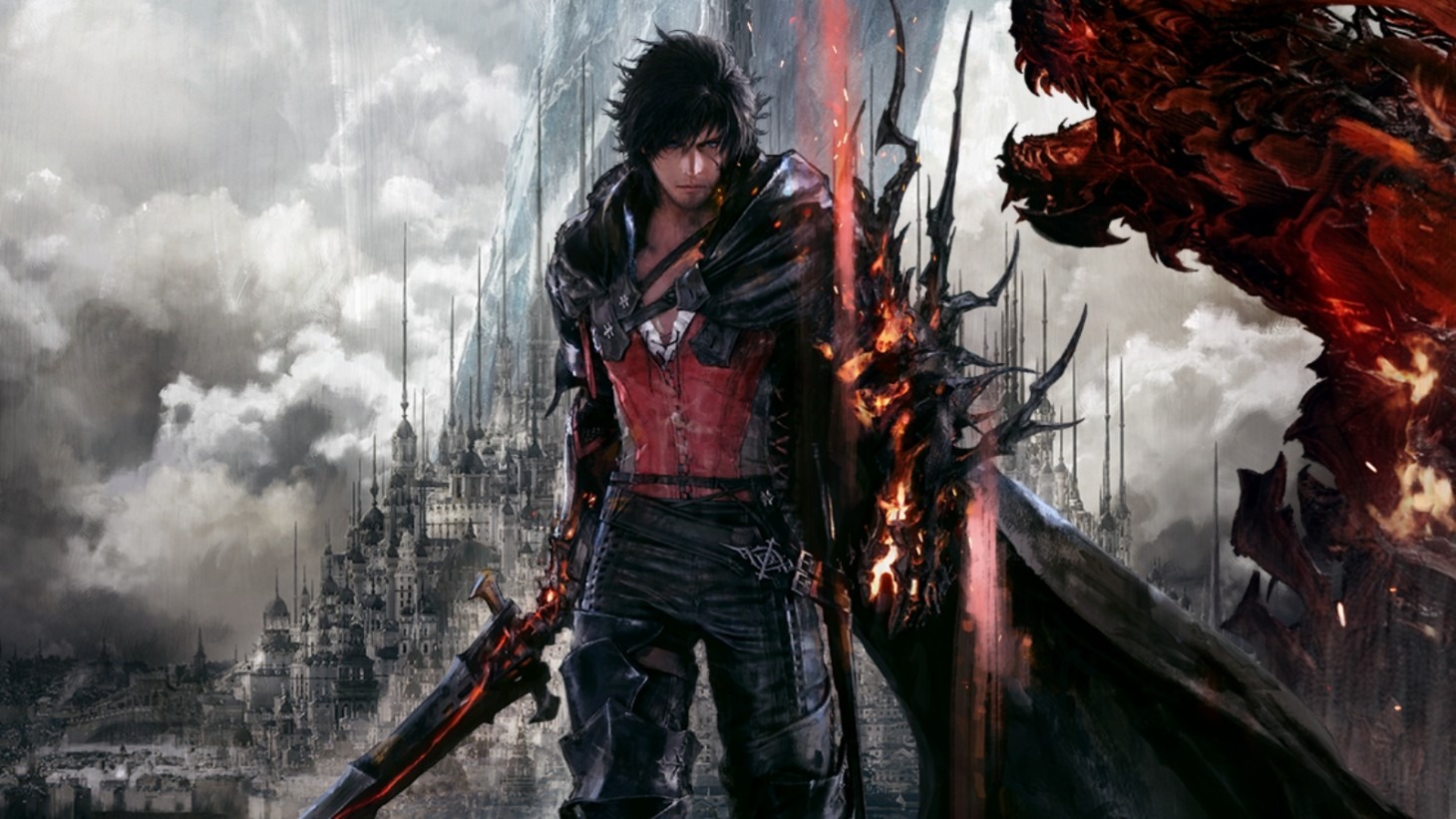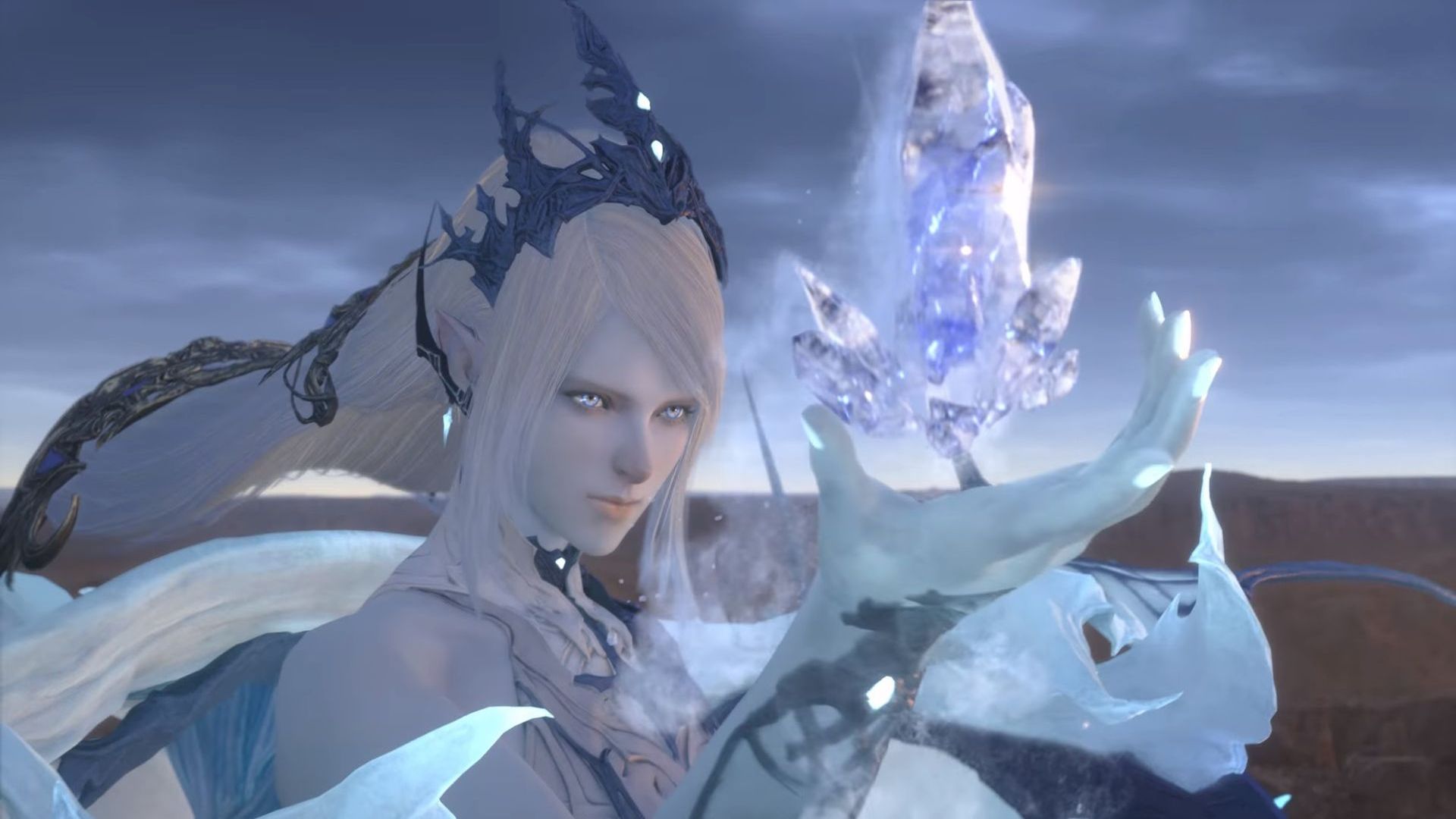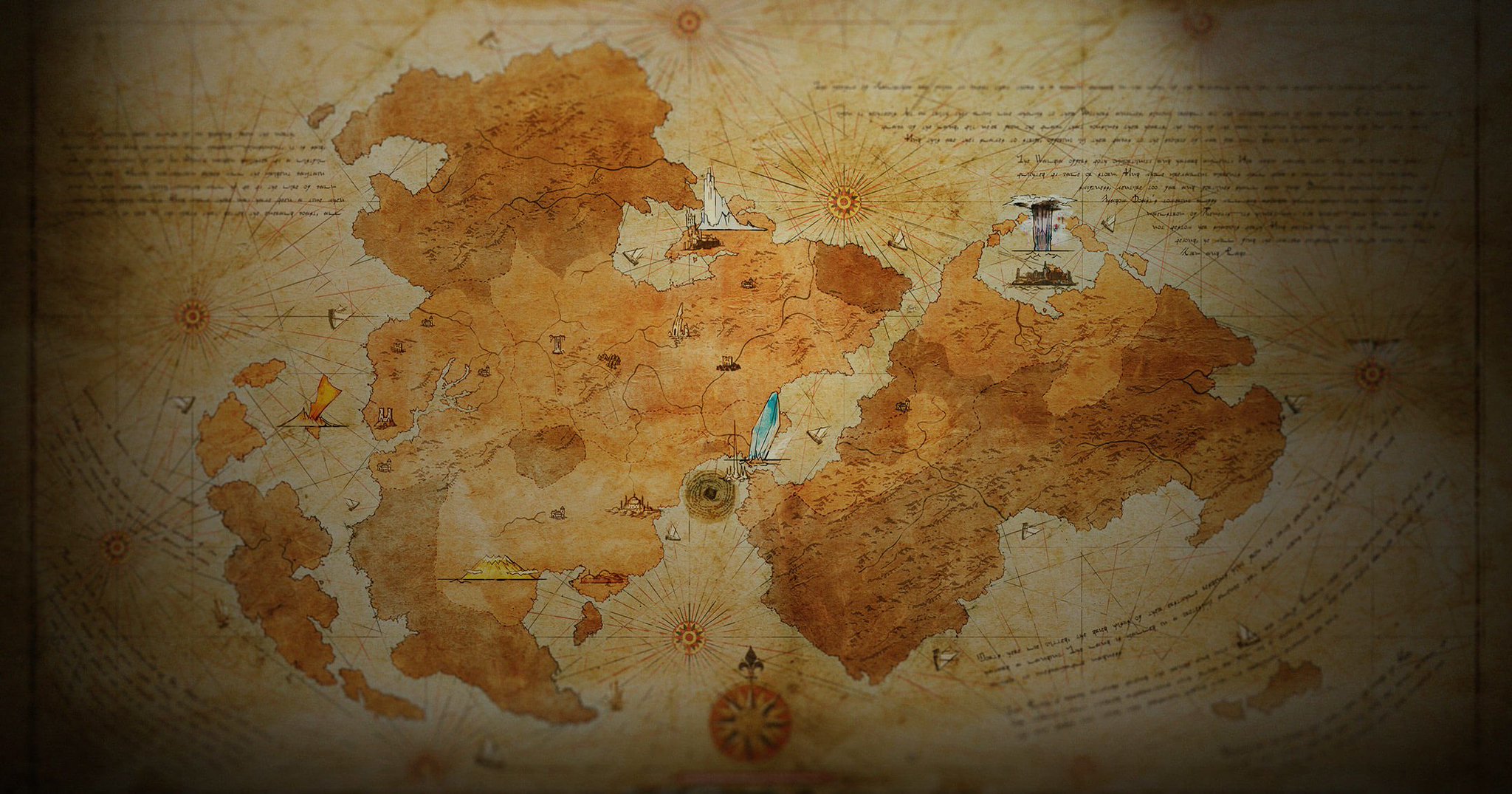Final Fantasy XVI: What we want from the upcoming PS5 game
Final Fantasy XVI could be the high-octane action RPG we need right now

Fans have been anticipating the reveal of a new mainline Final Fantasy for a long time. Sure, Final Fantasy XV launched in 2016, but it was initially revealed as Final Fantasy Versus XIII in 2008. And Final Fantasy XIV was announced back in 2009, meaning the Final Fantasy XVI trailer showcased in 2020 makes it the first mainline reveal in 11 years.
Saying “it’s about time” is an understatement. Fans have been desperate for this reveal, and as a result, our expectations are through the roof. Here’s what we want out of Final Fantasy XVI.
- See the best PC games and best Xbox Game Pass PC games to play now
- Check out the Xbox Series X games and PS5 games confirmed so far
- See our reviews of the Xbox Series X and PS5
Deep progression
Final Fantasy XVI continues a recent trend within the series that fully embraces a hack-and-slash combat system. The game’s trailer showcased the protagonist pulling off insane combos that don't look as stiff as those in Final Fantasy XIII, which almost guarantees that it won’t be turn-based.
This trend began with Final Fantasy XV, which was originally revealed as Final Fantasy Versus XIII. Referring to the game as “Versus” was probably Square Enix’s way of differentiating it from the turn-based Final Fantasy entries. However, five years after its reveal, the name changed to Final Fantasy XV. Now we see these systems continue to dominate the mainline series.
Final Fantasy VII Remake also boasts an action-oriented combat system. However, it harkens back to the series’ original style with ATB bars and the ability to slow down time when selecting which ability to use.
With Final Fantasy XVI, we’re hoping that the action-oriented combat mechanics don’t take the focus away from the progression systems. Don’t get me wrong, reflexive skill is important, but Final Fantasy XVI should strike a balance between mechanical mastery and allowing the player to put careful consideration into how to build their character(s).
This could be in the form of skill trees, powerful items that can only be equipped within a limited number of slots, and upgradable weapons or armor. In Final Fantasy VII Remake, progression was done in the form of weapon skill trees and the Materia system. This allowed players to get creative with how to build their characters, and it would be smart for Final Fantasy XVI to add similar complexity.
Stay in the know with Laptop Mag
Get our in-depth reviews, helpful tips, great deals, and the biggest news stories delivered to your inbox.
Challenging encounters
Strategically building out your character’s special abilities and equipment only matters if the game gives you a reason to use them. Final Fantasy XVI will hopefully force the player to put their strongest moves into action to overcome great challenges, whether this in the form of optional side content or epic bosses within the campaign.
Getting by with basic combos would likely discourage the use of those special abilities; it’ll feel as if the prior strategizing was for naught. If you can emerge victorious without building out your character, why bother doing so in the first place? This logic obviously doesn’t apply to easier difficulties, but if a player is looking for an intellectual and reflexive challenge, the game should have the capacity to deliver.
Final Fantasy VII Remake accomplished this, giving players the ability to level up Materia, upgrade their favorite weapons, unlock new limit breaks, and form a deep connection with the characters they’re playing. The final two chapters boasts a gauntlet of six diverse and thematically striking bosses which force the player to put everything they’ve learned into action. To put it bluntly, it was awesome — experiencing one epic boss after the other is a great finale. Final Fantasy XVI will hopefully do something similar.
Unique side quests
Final Fantasy XV and Final Fantasy VII Remake suffer from subpar side content that usually feels like filler; it’s important that Final Fantasy XVI avoids similar pitfalls. These side quests should steer clear of previously explored environments, recycled enemies, and inconsequential rewards after completion. The inclusion of these elements is merely fluff to pad playtime, and as it detracts from the better stuff, it sours the experience as a whole.

Side quests can be narratively unrelated (or loosely related) to the main campaign, but they should still take players to new places. They’re also great ways to stretch a creative muscle and include bold content that couldn’t exist elsewhere. If Square Enix wanted to include a difficult superboss — or a thematically striking arc that would disrupt the pacing of the main campaign — there’s no better way than with side quests.
Another way to make Final Fantasy XVI’s side content more appealing is to give players a mechanical incentive. This can be difficult to balance, as quests shouldn’t provide rewards that make the player overpowered in the main campaign, but they should still be unique enough to justify existing outside of that campaign. One way to handle this is with utility rewards rather than stat improvements — or cosmetic items that allow the player to engage with some good ole’ “Fashion Fantasy.”
A reasonably sized open world
Square Enix has already teased fans with an image of Final Fantasy XVI’s world map, and considering how massive it looks, there could be cause for concern. Final Fantasy XV has an open world that is far too large for its own good, and since traversing that world was often slow and messy (especially when you unlock the janky flying car), it felt exhausting to explore.

Final Fantasy XVI’s open world shouldn’t be filled with oversized plains inhabited by weak monsters. Instead, the game could take a classic approach to Final Fantasy: less of an emphasis on the open world and more focus on the individual areas that inhabit that world. In Final Fantasy VII, the overworld existed to take the player between dungeons and cities, and although you’d fight enemies throughout it, you weren’t spending that much time exploring every nook and cranny (and you couldn’t since it was rather small).
Final Fantasy XV suffers most from this issue. While the cities look incredibly detailed and unique, the grassy plains and forests look like stock assets taken from the Unreal Engine. This wouldn’t be an issue if there weren’t hundreds of side quests that force the player to spend time within these open-world areas. It felt as if there was too much focus on the worst content of the game. Final Fantasy XVI can avoid this issue with more unique side quests and an open world that focuses on quality over quantity.
A mature narrative
Final Fantasy XVI also seems to be targeting a Mature ESRB rating, making it the first in the numbered series to do so. The reveal trailer showcased a shocking level of brutality, so the new rating isn’t particularly surprising. However, this should be utilized as more than just a gimmick to attract older players.

Explicit sexual content, gruesome deaths, and graphic violence are only on the surface of what could define a mature Final Fantasy game. It would suffer from a severe tonal clash if the macabre moments were accompanied by the goofiness the series is known for.
This mature rating should allow Square Enix to insert darker themes beyond just violence. Perhaps the soundtrack could be more hopeless and intense — Final Fantasy compositions often sound triumphant, but a consistent somber sound might enhance the tone. The art direction could take inspiration from horror; Final Fantasy looks colorful and extravagant, but terrifying monster designs, dimmer environments, and a muted color palette could contribute to the world’s darker feel.

Self-described art critic and unabashedly pretentious, Claire finds joy in impassioned ramblings about her closeness to video games. She has a bachelor’s degree in Journalism & Media Studies from Brooklyn College and five years of experience in entertainment journalism. Claire is a stalwart defender of the importance found in subjectivity and spends most days overwhelmed with excitement for the past, present and future of gaming. When she isn't writing or playing Dark Souls, she can be found eating chicken fettuccine alfredo and watching anime.

